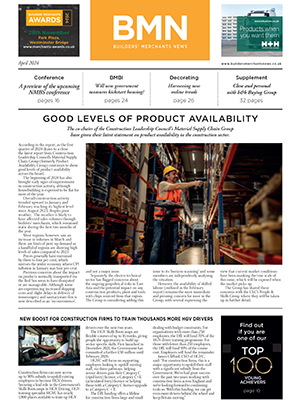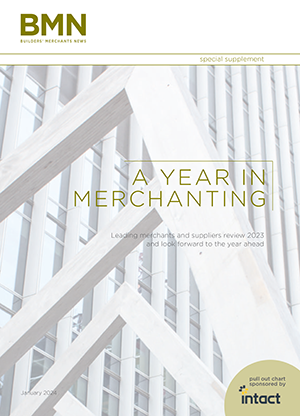Overall market conditions for the UK show welcome signs of improvement, according to data collated in the Q1 Move with Us Residential Market Review.
In March, the average asking price was the highest seen in recent years, climbing 1.2 percent since January which, coupled with rising numbers of new properties coming to the market, shows positive signs of an improving market.
As largely expected at this time of year, there was a surge of new properties listed on the market in January and this increase continued throughout the first quarter. Around 117,000 new properties came to the market in England in March, 125 percent more than in December 2012, reaching levels not experienced since May 2012.
Robin King, director at Move with Us, said: “Although it’s still too early to call if the property market is improving, there are encouraging signs in place. Next quarter’s figures will confirm our thoughts and for the first time we will also be able to see what impact the Government’s new Help to Buy scheme has had on the market, if any.”
Below are some of the regional highlights:
Greater London
The average asking price in London has increased by over £10,000 (2.85 percent) to £368,357 in the last three months, despite an increased number of properties coming to the market, which would typically place downwards pressure on prices. Sale times for residential property in Greater London are 40 days faster than the national average in March and remain among the fastest in the country.
South East
Although the average asking price dipped in January to £295,798, perhaps in reaction to an increased number of new properties, by February it seems the market had adjusted to higher competition amongst sellers with asking prices surpassing the level seen in October 2012 (£296,929). By the end of March, the average asking price had increased by over 1.4 percent to £299,934 – £4,000 more than in January 2012. The South East maintained its position as the largest regional housing market in England in Q1 2013.
South West
The average asking price in the South West fell significantly in January to £253,524 as the number of new properties surged. However, prices recovered each month in Q1, reaching an average of £255,976 in March, 8.9 percent above the national average.
East Anglia
East Anglia had a positive quarter, ending Q1 at £251,519, the highest average asking price seen in recent years. Although the average time required to sell residential property increased overall in Q1, in March time scales decreased, and if this trend continues then East Anglia will have adjusted to rising prices and increased competition amongst sellers
East Midlands
Average asking prices in the East Midlands increased incrementally in the first quarter of 2013, close to the overall trend for England. Prices returned to an average of £175,286 at the end of Q1, which could be a very early indication of an improving market.
West Midlands
The average asking price reduced marginally in January compared to December 2012, most likely as a reaction to increased competition from new properties. Despite the average asking price rising in February and March, the first quarter ended with prices at an average of £189,762, a similar level to that seen in October 2012.
Yorkshire & Humber
Despite the increase in supply with around 4,900 more properties coming to the market in March than December, the average asking price in the region increased throughout Q1, suggesting optimism from sellers and perhaps signifying an improving market. The first quarter ended with the average asking price at £168,145, the highest since October 2012.
North East
As the number of new properties coming to the market increased in January, prices typically reduced in the North East region. Prices rose in March, similar to January’s figures, but remained at lower levels than seen in Q4 2012 indicating that the North East didn’t initially take to the increased competition from new properties coming to the market until the average asking price reached £152,350 in March.
North West
A rise in new properties coming to the market naturally causes a reduction in price and the North West has followed this trend. In March, there were over 7,700 (127 percent) more new properties coming to the market than in December 2012. However, prices reduced only marginally and stood strong for most of Q1, which in the face of such a sharp upturn in new properties indicates a robust market. Average prices remain at around £171,000 in March, a fall of less than 0.3 percent from December 2012.
For a full copy of the Move with Us Residential Property Market Review Q1 2013, please visit http://viewer.zmags.com/publication/a1b89b3d#/a1b89b3d/1/.






